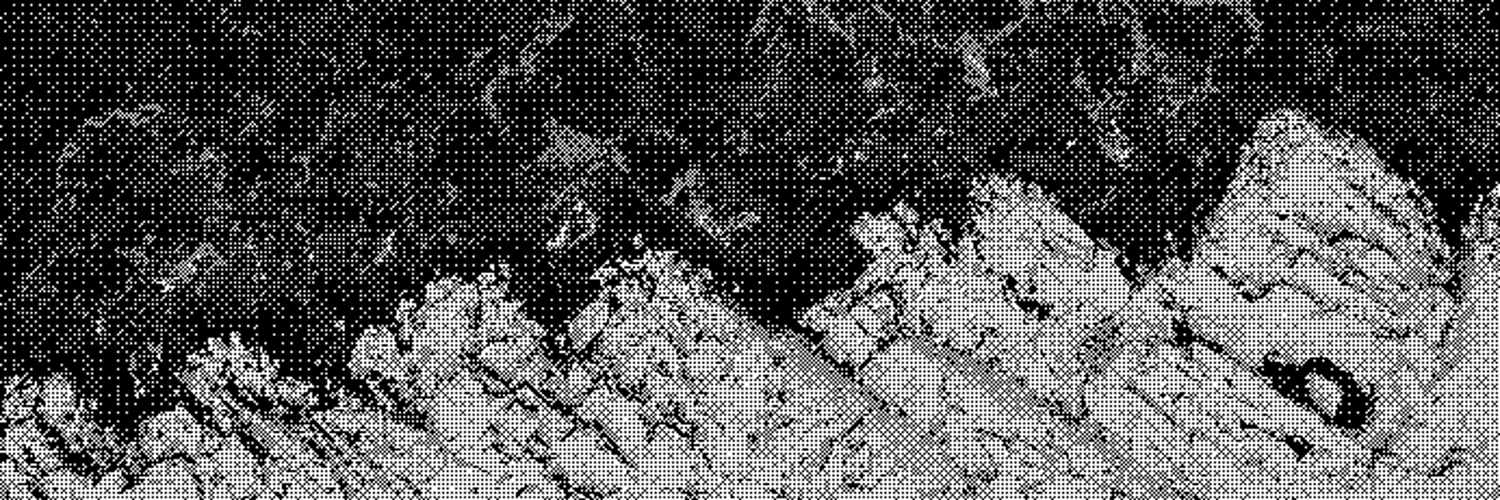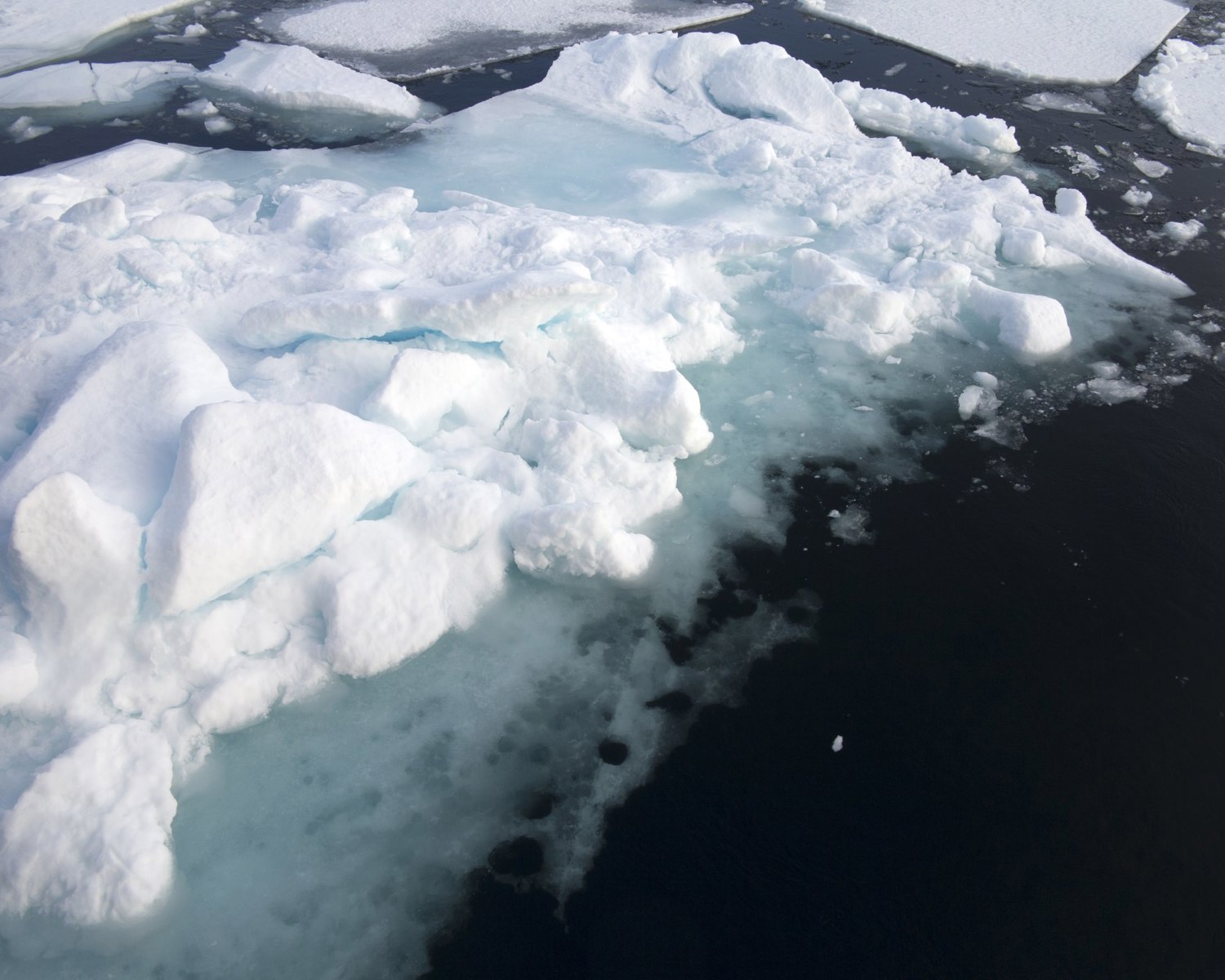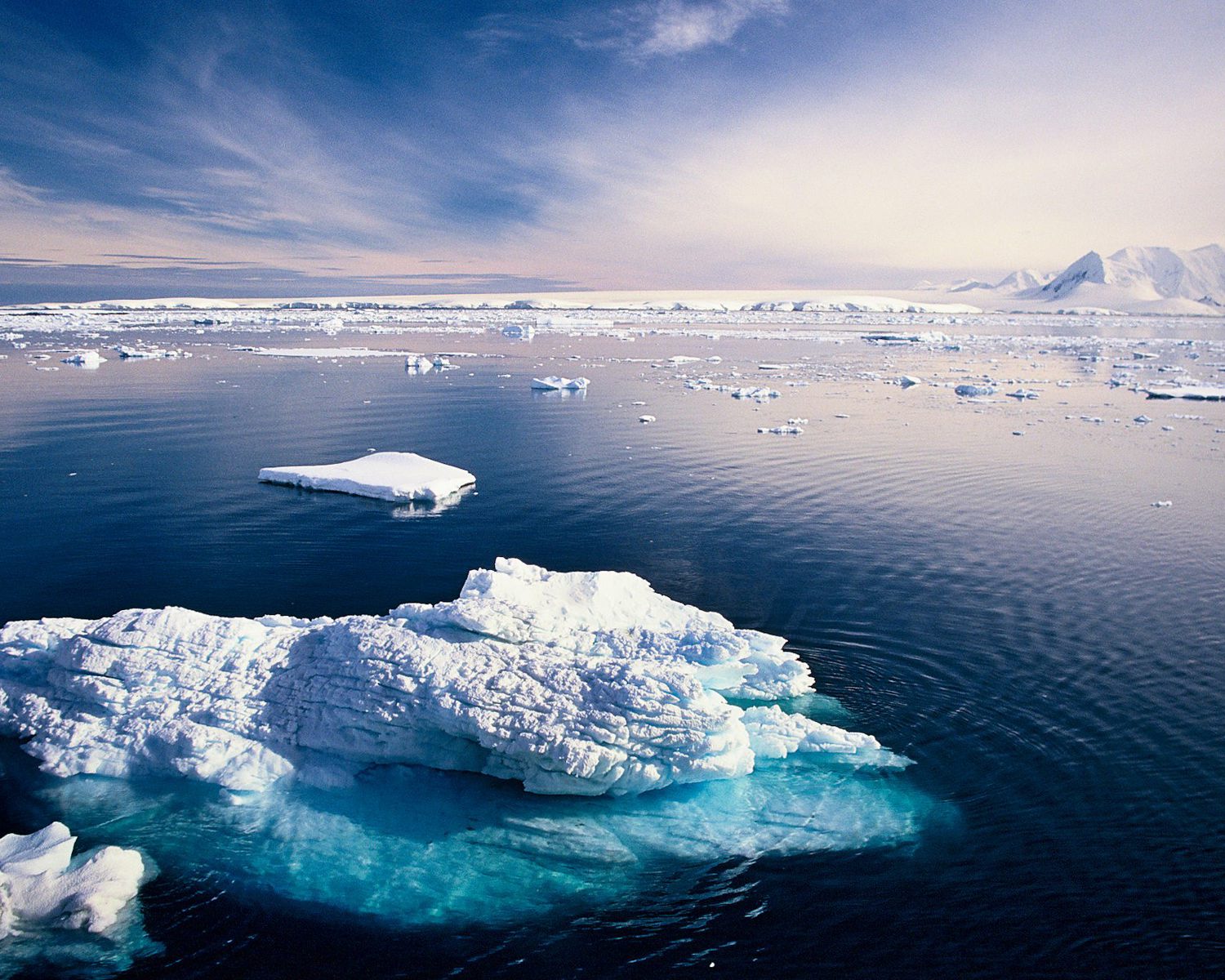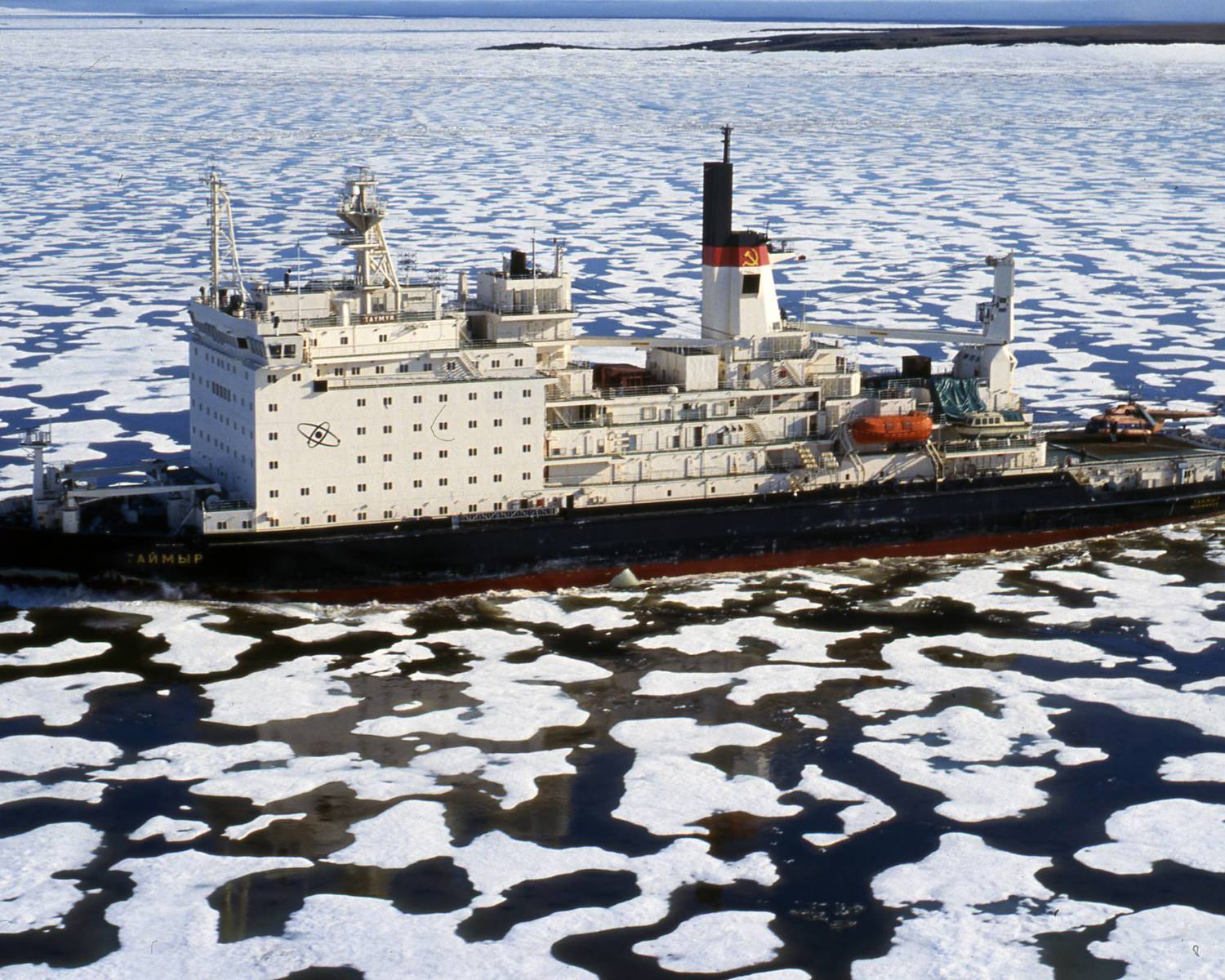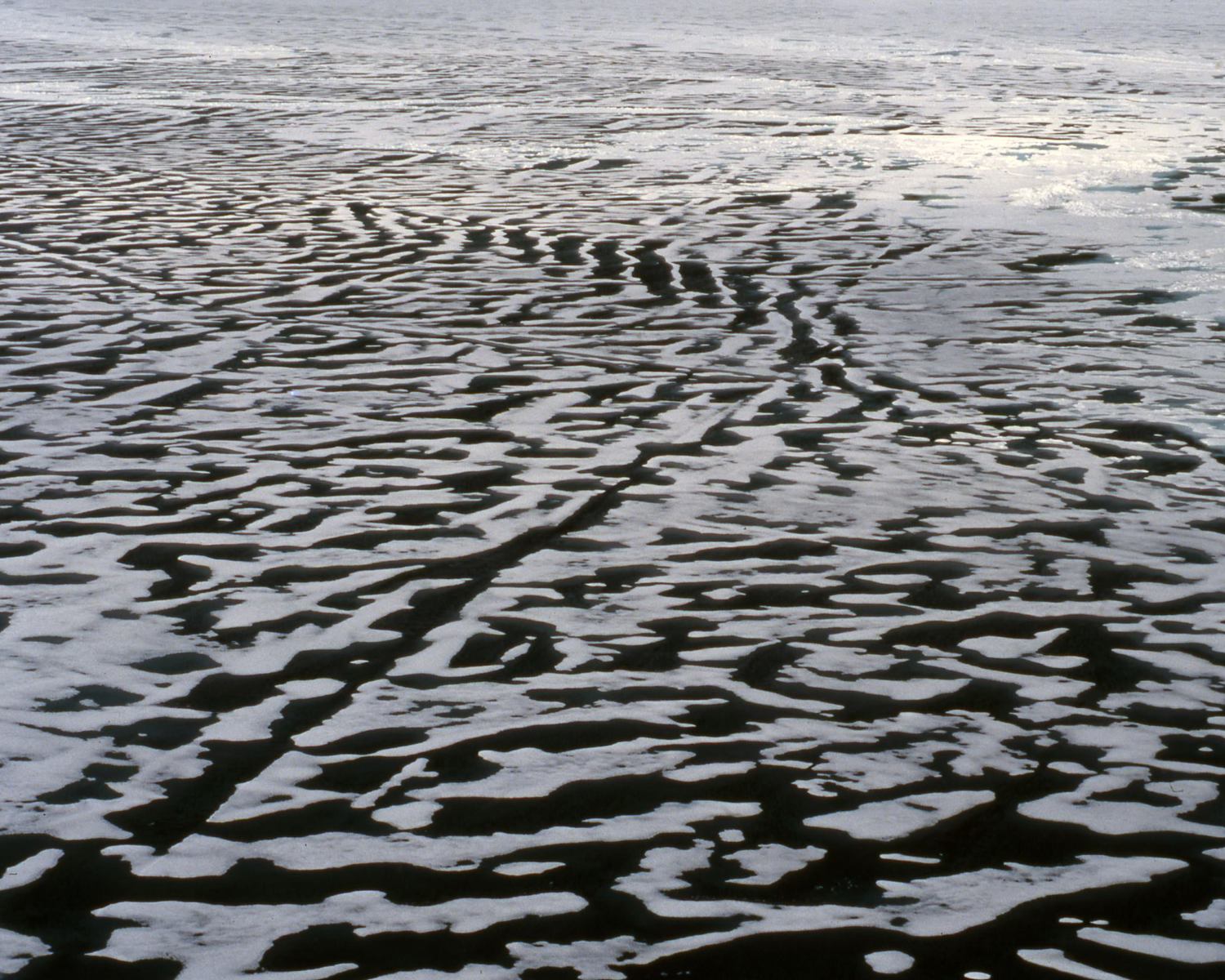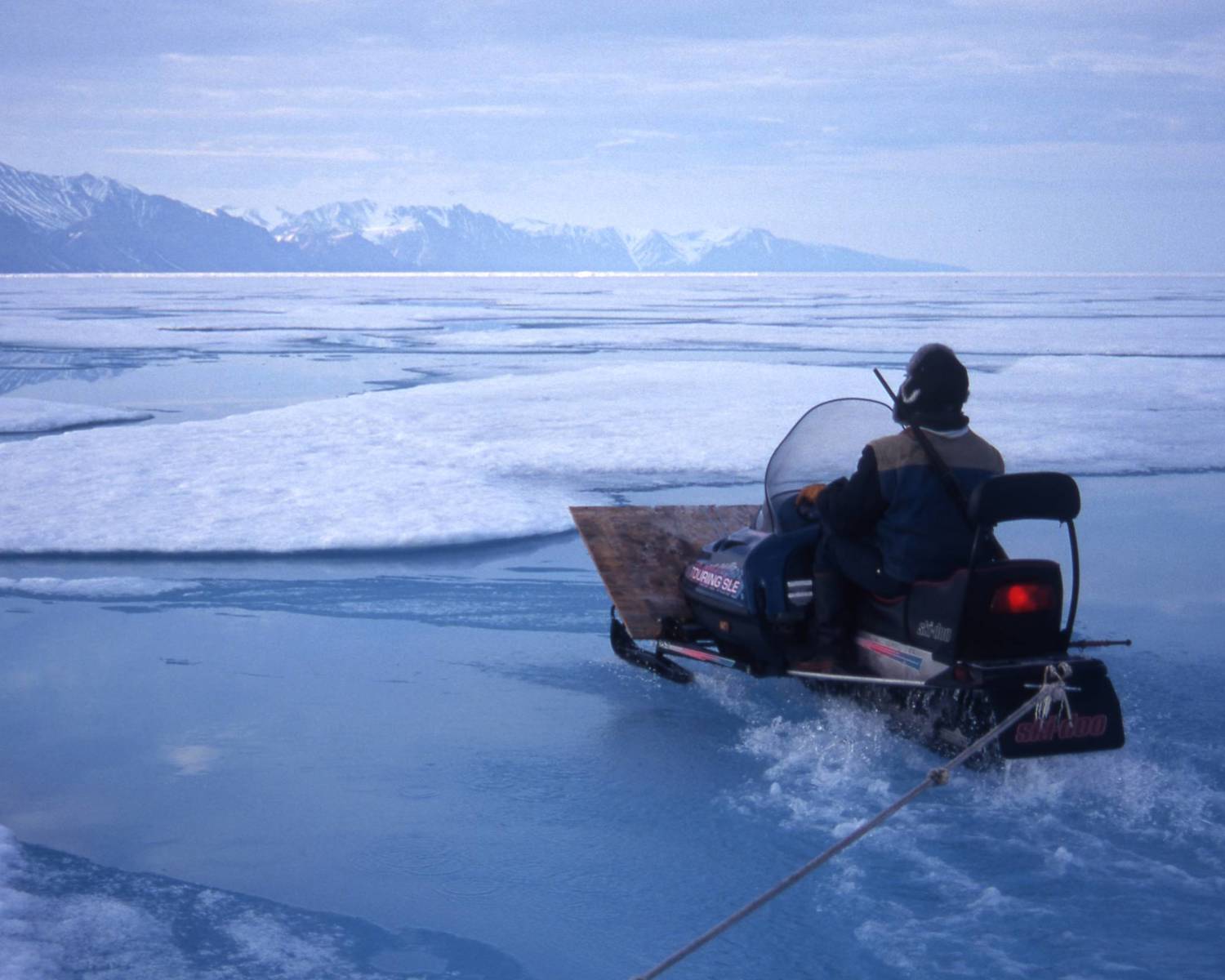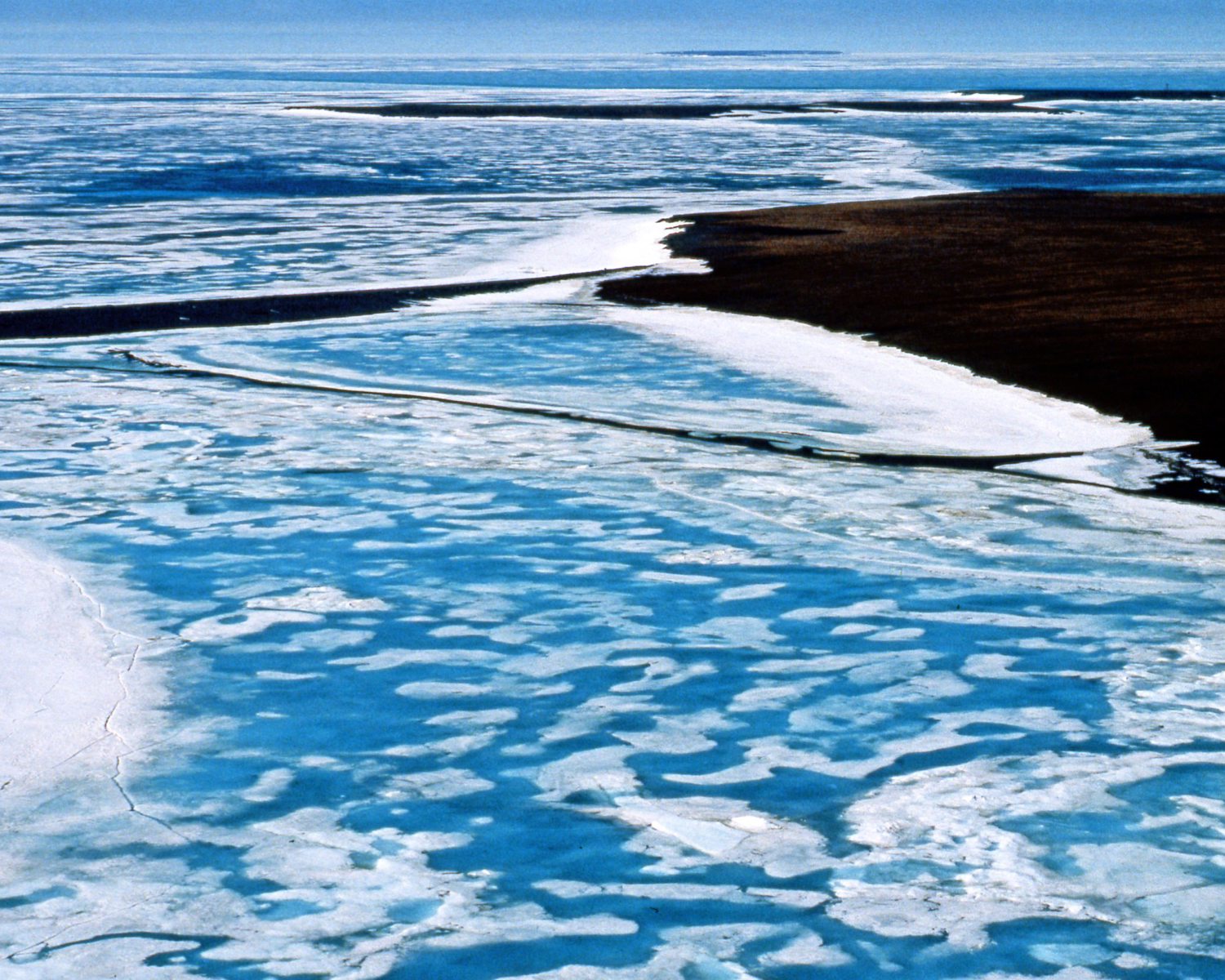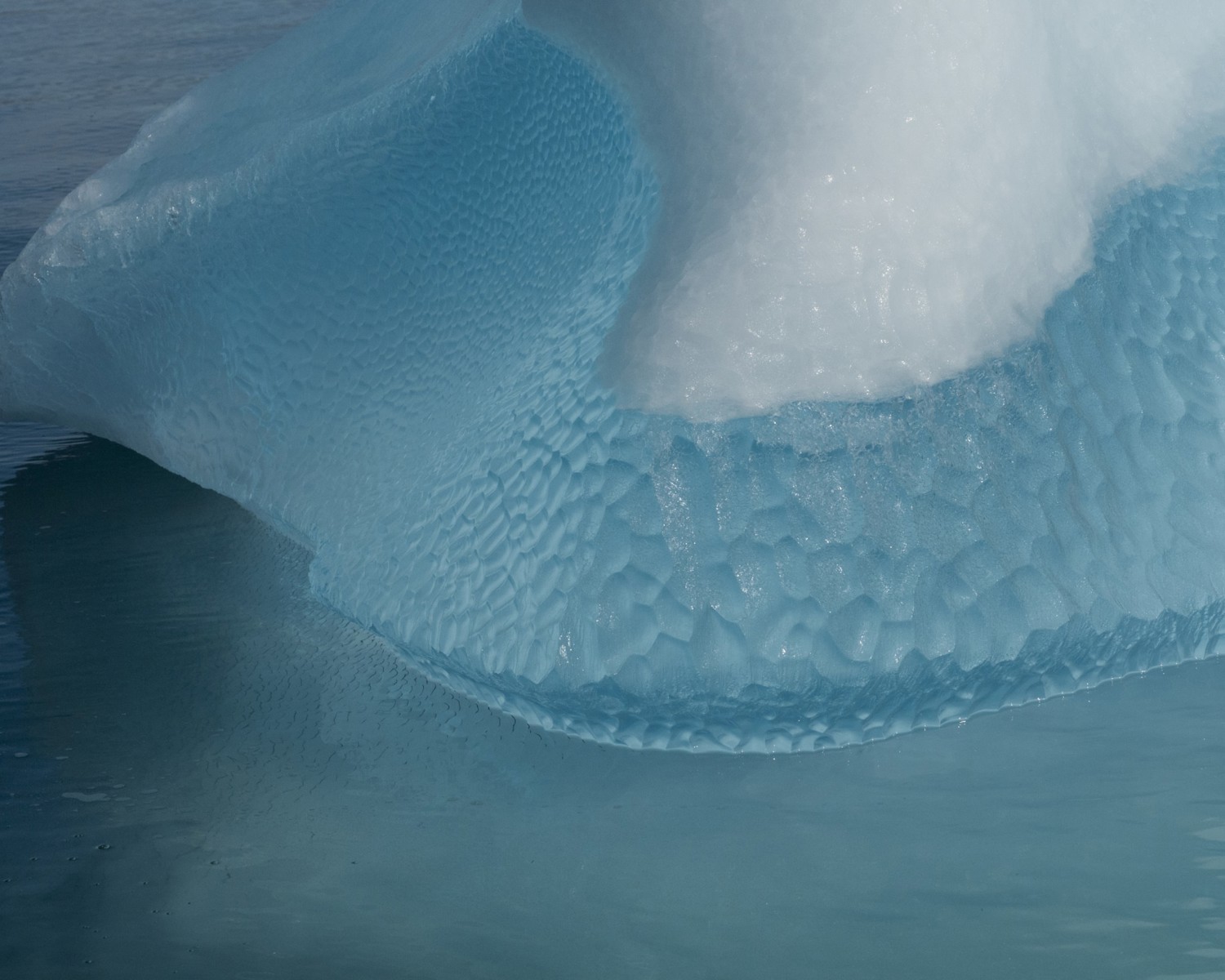
Modular iceberg creation by submersibles
In 2019, an Indonesian design team came up with the idea of a submersible device that could take in sea water, desalinate it, and then have it freeze into a solid block they called a “new ice baby” (Griffiths, 2019).

